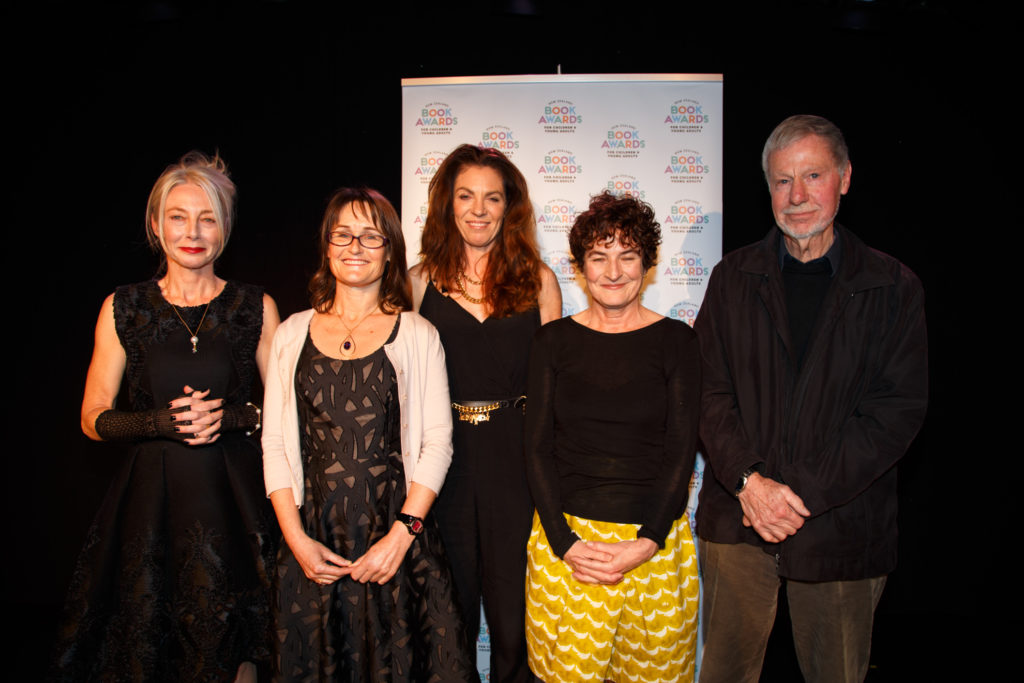Guest contributor: Karen McKenzie
Publicity for your book
As a professional book publicist, I love championing the work of the wonderful authors I work alongside. But as an author myself, I completely understand how challenging the promotional side of book publishing can be. So here are a few pointers for first-time self-published authors to consider:
- Get a professional publicist on board early on. It’s too late when your book is already printed. Most publicists will be talking to media around two months before a book’s release, but good publicists will be booked out many more months in advance.
- Yes, you do need a professional publicist if you want your book to get the recognition it deserves. You may be able to drum up some publicity with local media, but a publicist will champion you to appropriate media nationwide, and you will reap the benefit of their many years of building relationships with key editors, presenters, and producers. Also, as I discovered myself when I tried to do publicity on one of my books, it’s hard to champion your own I tried, and it was a total failure. Unless you are a national self-promoter, it just doesn’t sit well with most authors.
- Be realistic about what can be achieved with publicity for your first book. The media landscape is a competitive place, and there are many authors and their books jostling for limited space. But a professional publicist will be able to talk about what you are likely to achieve for your specific book. It’s well worth a conversation!
Karen McKenzie, Publicist
Lighthouse PR

